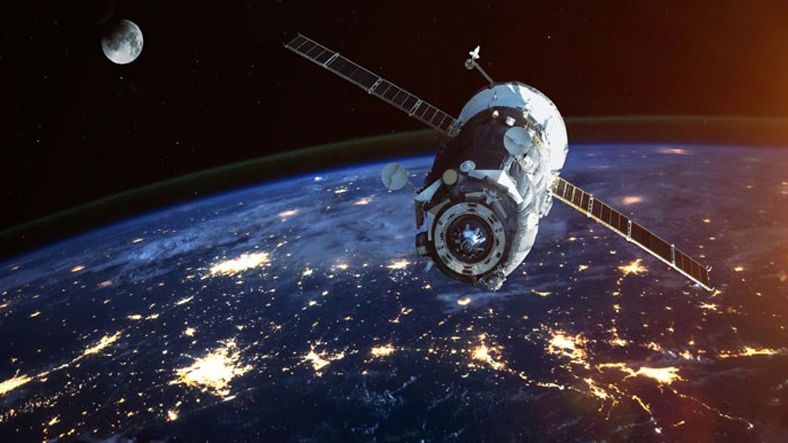Scientists unsure where Chinese space station will crash to Earth
It launched as a potent symbol of Chinese ambitions in space, but in the coming weeks the nation’s first orbital outpost will come crashing down to Earth in a fireball that could scatter debris over thousands of kilometres.
The Chinese space agency lost control of its Tiangong-1, or Heavenly Palace, spacecraft in 2016, five years after it blasted into orbit to make China only the third nation to operate a space station after the US and Russia.
The defunct module is now at an altitude of 150 miles and being tracked by space agencies around the world, with the European Space Agency’s centre in Darmstadt predicting a fiery descent for it between 27 March and 8 April.
Hurtling around the Earth at about 18,000mph, the module ranks as one of the larger objects to re-enter the atmosphere without being steered towards the ocean, as is standard for big and broken spacecraft, and cargo vessels that are jettisoned from the International Space Station (ISS), to reduce the risk to life below.
Sign up for Lab Notes - the Guardian's weekly science update
Read more
The spacecraft’s orbit ranges from 43° north to 43° south, which rules out a descent over the UK but includes vast stretches of North and South America, China, the Middle East, Africa, Australia, parts of Europe – and great swaths of the Pacific and Atlantic oceans.
Western analysts cannot be sure how much of the spacecraft will survive re-entry, because China has not released details of the design and materials used to make Tiangong-1. But the spacecraft may have well-protected titanium fuel tanks containing toxic hydrazine that could pose a danger if they land in populated areas.
